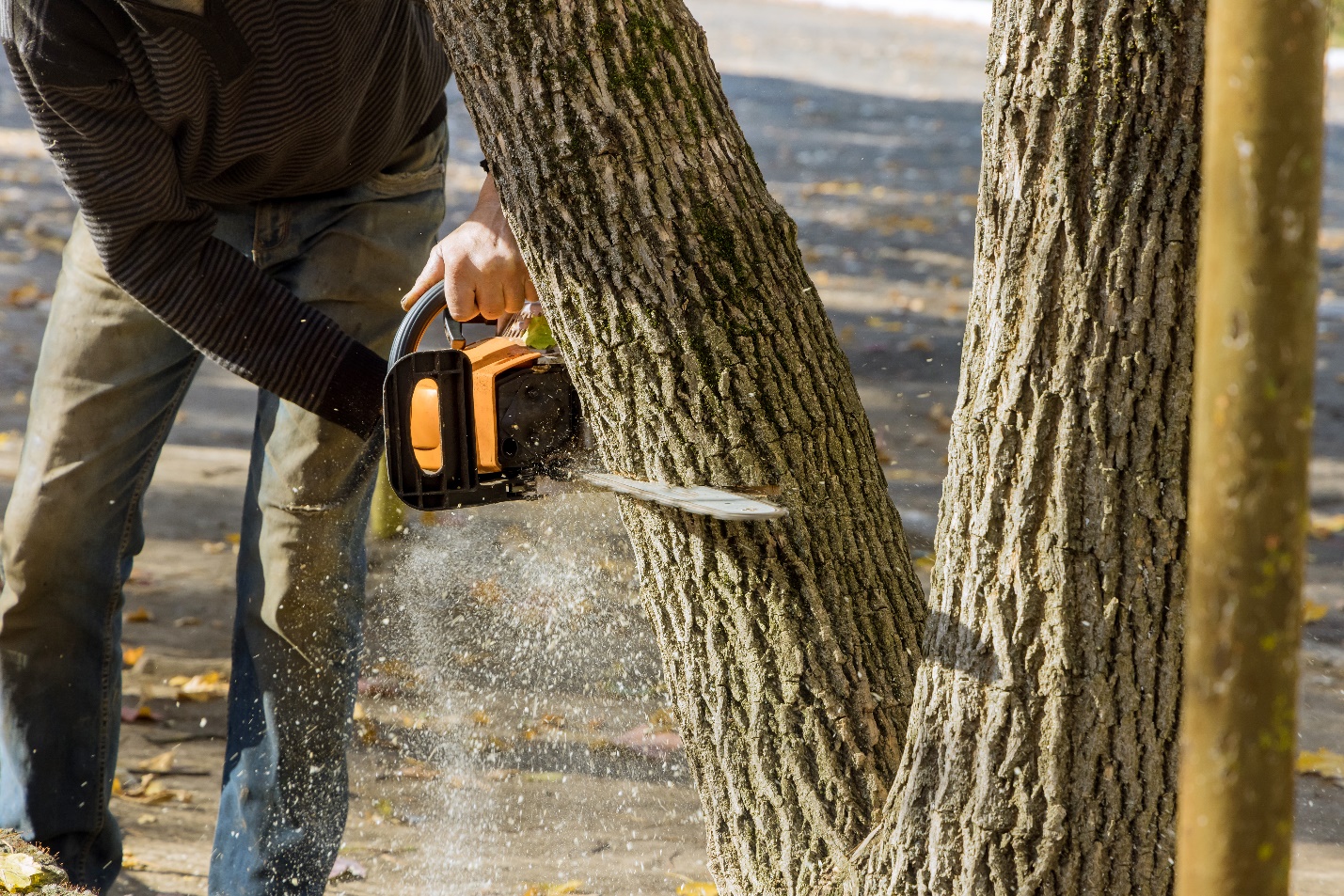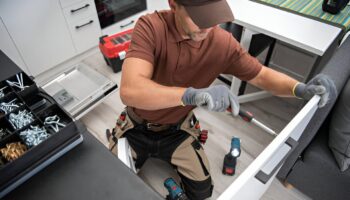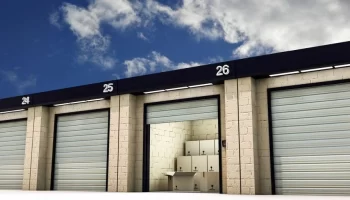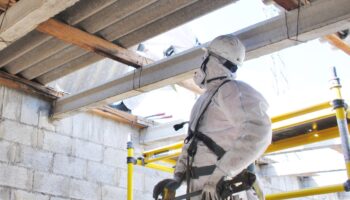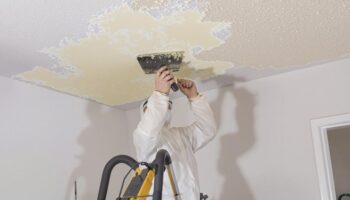Tree trimming is a crucial aspect of tree care that ensures the health, safety, and aesthetic appeal of your trees. Regular trimming helps prevent potential hazards, such as falling branches, and promotes healthy growth by removing dead, diseased, or overgrown branches. Knowing when your tree needs trimming is essential to maintain its overall well-being.
This article will guide you through the signs that indicate your tree requires trimming and provide practical advice on how to address these issues. Whether you plan to tackle the task yourself or hire a professional tree trimming service near me, understanding these signs is the first step in ensuring your trees receive the care they need.
Understanding Tree Trimming
Tree trimming involves the selective removal of certain parts of a tree, such as branches, to improve the tree’s health, appearance, and safety. It is different from pruning, which focuses more on removing dead or diseased parts of the tree. Regular trimming is crucial for maintaining the overall well-being of your trees.
Signs That Your Tree Needs Trimming
Overgrown Branches
Overgrown branches are a common sign that your tree needs trimming. When branches grow too long, they can become heavy and pose a risk of breaking. This can lead to damage to property or injury to people. Overgrown branches can also block sunlight from reaching other parts of the tree, hindering its growth. If you notice that your tree’s branches are extending too far, it may be time to look for a tree trimming service near me.
Dead or Diseased Branches
Dead or diseased branches are another clear indication that your tree needs trimming. These branches can be identified by their lack of leaves, discoloration, or presence of fungi. Removing dead or diseased branches helps prevent the spread of disease to other parts of the tree and reduces the risk of falling branches.
Branches Crossing or Rubbing
When branches cross or rub against each other, they can cause damage to the tree’s bark. This can create entry points for pests and diseases. Trimming these branches helps prevent further damage and promotes healthy growth.
Excessive Leaf or Fruit Drop
If your tree is dropping an excessive amount of leaves or fruit, it may be a sign that it needs trimming. This can be caused by overcrowded branches, which can stress the tree and lead to premature leaf or fruit drop. Trimming helps reduce the stress on the tree and encourages healthier growth.
Tree Shape and Structure Issues
A tree with poor shape or structure can benefit from trimming. This includes trees that are leaning, have an unbalanced canopy, or have multiple trunks. Trimming helps improve the tree’s shape and structure, making it more stable and aesthetically pleasing.
Obstructed Views or Pathways
Trees that obstruct views or pathways can pose safety hazards. Overgrown branches can block visibility for drivers or pedestrians, increasing the risk of accidents. Trimming these branches helps clear obstructions and improves safety.
Storm Damage
Storms can cause significant damage to trees, including broken branches and split trunks. Trimming helps remove damaged parts of the tree, reducing the risk of further injury or property damage. It also helps the tree recover more quickly from the storm.
Benefits of Regular Tree Trimming
Regular tree trimming offers several benefits, including:
Improved Tree Health: Trimming removes dead or diseased branches, reducing the risk of disease spread and promoting healthy growth.
Enhanced Safety: Removing overgrown or damaged branches reduces the risk of falling branches, protecting people and property.
Better Appearance: Trimming helps maintain a tree’s shape and structure, enhancing its aesthetic appeal.
Increased Sunlight and Air Circulation: Trimming allows more sunlight and air to reach the tree’s interior, promoting healthier growth.
When to Trim Your Trees
The best time to trim your trees depends on the type of tree and the specific issues you are addressing. Generally, late winter or early spring is an ideal time for trimming, as trees are still dormant and less likely to experience stress from the trimming process. However, it is important to consider the specific needs of your trees and consult with a professional arborist if you are unsure.
Hiring a Professional Tree Trimming Service
While some tree trimming tasks can be done by homeowners, it is often best to hire a professional tree trimming service. Professionals have the knowledge, experience, and equipment to safely and effectively trim your trees. They can also identify and address any underlying issues that may not be immediately apparent.
Forester Tree Care
If you are looking for a reliable tree trimming service near you, consider Forester Tree Care. They are a locally owned and operated business based in Cedar Creek Lake, specializing in tree removal, tree trimming, and stump grinding. Their team is dedicated to preserving the natural beauty of the community and ensuring the safety and health of your property.Forester Tree Care offers a range of services, including the removal of deadwood, thinning, crown reduction, and crown lifting. These services help enhance the health, aesthetics, and safety of your trees. They also specialize in hazardous tree removal, ensuring safe and effective removal of trees in potentially risky situations.
Additional Information on Tree Trimming
Types of Tree Trimming
There are several types of tree trimming, each serving a different purpose:
Crown Thinning: This involves removing select branches to reduce the density of the tree’s canopy. It improves air circulation and sunlight penetration, promoting healthier growth.
Crown Raising: This involves removing the lower branches of the tree to provide clearance for pedestrians, vehicles, or buildings.
Crown Reduction: This involves reducing the overall size of the tree’s canopy. It is often used to prevent the tree from interfering with power lines or buildings.
Deadwood Removal: This involves removing dead or dying branches to improve the tree’s health and safety.
Tools and Equipment for Tree Trimming
Proper tools and equipment are essential for effective tree trimming. Some common tools include:
Pruning Shears: Used for cutting small branches and twigs.
Loppers: Used for cutting larger branches.
Pruning Saws: Used for cutting thick branches.
Pole Pruners: Used for reaching high branches.
Chainsaws: Used for cutting large branches and tree trunks.
Safety Tips for Tree Trimming
Tree trimming can be dangerous, so it is important to follow safety guidelines:
Wear Protective Gear: Always wear gloves, safety glasses, and a hard hat.
Use Proper Tools: Ensure your tools are sharp and in good condition.
Avoid Power Lines: Never trim branches near power lines. Contact a professional for assistance.
Work with a Partner: Have someone assist you, especially when working on tall trees.
Know Your Limits: If a tree is too large or the job is too complex, hire a professional.
Conclusion
Regular tree trimming is essential for maintaining the health, safety, and appearance of your trees. By recognizing the signs that your tree needs trimming and taking appropriate action, you can ensure your trees remain healthy and safe. If you need professional assistance, consider contacting Forester Tree Care for reliable and expert tree trimming services. They have the experience and expertise to handle all your tree care needs, ensuring the safety and beauty of your property.
